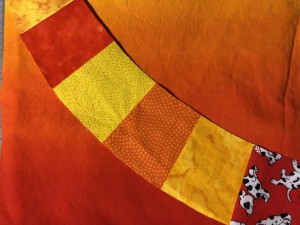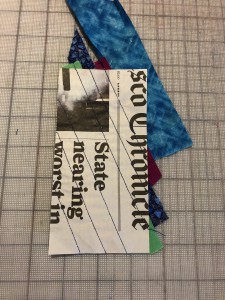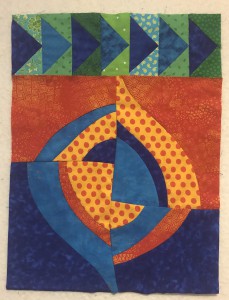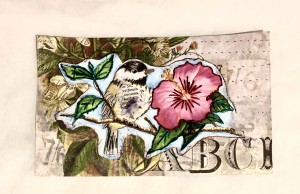Today EBHQ had its first Zoom workshop since Shelter In Place. Latifah Saafir was the teacher. This is her paper pieced Molehills pattern. Since I never make want to make someone else’s pattern or make a quilt that looks like someone else designed it, I’m thinking of inserting these arcs into a square or rectangular block, and making a baby quilt.
-
Recent Posts
Archives
- November 2025
- October 2025
- August 2025
- June 2025
- May 2025
- April 2025
- March 2025
- February 2025
- January 2025
- December 2024
- November 2024
- October 2024
- August 2024
- July 2024
- June 2024
- February 2024
- January 2024
- December 2023
- November 2023
- July 2023
- April 2023
- February 2023
- January 2023
- December 2022
- November 2022
- October 2022
- August 2022
- July 2022
- June 2022
- May 2022
- April 2022
- March 2022
- February 2022
- January 2022
- December 2021
- November 2021
- October 2021
- September 2021
- August 2021
- July 2021
- June 2021
- May 2021
- April 2021
- March 2021
- February 2021
- January 2021
- December 2020
- November 2020
- October 2020
- September 2020
- August 2020
- July 2020
- June 2020
- May 2020
- April 2020
- March 2020
- February 2020
- January 2020
- December 2019
- November 2019
- October 2019
- September 2019
- August 2019
- July 2019
- June 2019
- May 2019
- April 2019
- March 2019
- February 2019
- January 2019
- December 2018
- November 2018
- October 2018
- September 2018
- August 2018
- July 2018
- June 2018
- April 2018
- March 2018
- February 2018
- January 2018
- December 2017
- November 2017
- October 2017
- September 2017
- August 2017
- July 2017
- June 2017
- May 2017
- April 2017
- March 2017
- February 2017
- January 2017
- December 2016
- November 2016
- October 2016
- September 2016
- August 2016
- June 2016
- May 2016
- April 2016
- March 2016
- February 2016
- January 2016
- December 2015
Categories
- 12 x 12
- Baby quilts
- Cathedral window quilts
- Chunk of the Month
- Classes
- disappearing blocks
- disappearing four patch
- Disappearing hourglass
- disappearing nine patch
- disappearing pinwheel
- EBHQ
- EBMQ
- Fabric postcards
- hamsa
- Holiday quilts
- Improvisational piecing
- improvisational stained glass
- Lib-Quilters
- Liberated basket
- liberated stars
- log cabin blocks
- Lone Robin
- Machine applique
- Mizrach
- modern quilts
- Paper-cuts
- Quilt Shows
- round-robin
- SAQA
- Seminole patchwork
- sewing with silk
- SFQG
- String and strip piecing
- Uncategorized
- Videos
- Work In Progress
 Claire Sherman Art
Claire Sherman Art






















